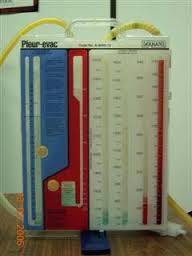The intraosseous access device (IO) has been a lifesaver by providing vascular access in patients who are difficult IV sticks. In some cases, it is even difficult to draw blood in these patients by a direct venipuncture. So is it okay to send IO blood to the lab for analysis during a trauma resuscitation?
A study using 10 volunteers was published last year (imagine volunteering to have an IO needle placed)! All IO devices were inserted in the proximal humerus. Here is a summary of the results comparing IO and IV blood:
- Hemoglobin / hematocrit – good correlation
- White blood cell count – no correlation
- Platelet count – no correlation
- Sodium – no correlation but within 5% of IV value
- Potassium – no correlation
- Choloride – good correlation
- Serum CO2 – no correlation
- Calcium – no correlation but within 10% of IV value
- Glucose – good correlation
- BUN / Creatinine – good correlation
Bottom line: Intraosseous blood can be used if blood from arterial or venous puncture is not available. Discarding the first 2cc of marrow aspirated improves the accuracy of the lab results obtained. The important tests (hemoglobin/hematocrit, glucose) are reasonably accurate, as are Na, Cl, BUN, and creatinine. The use of IO blood for type and cross is not yet widely accepted by blood banks, but can be used until other blood is available. NOTE: your lab may try to refuse the specimen due to “other stuff” (marrow) in the specimen. Have them run it anyway!
Reference: A new study of intraosseous blood for laboratory analysis. Arch Path Lab Med 134(9):1253-1260, 2010.

